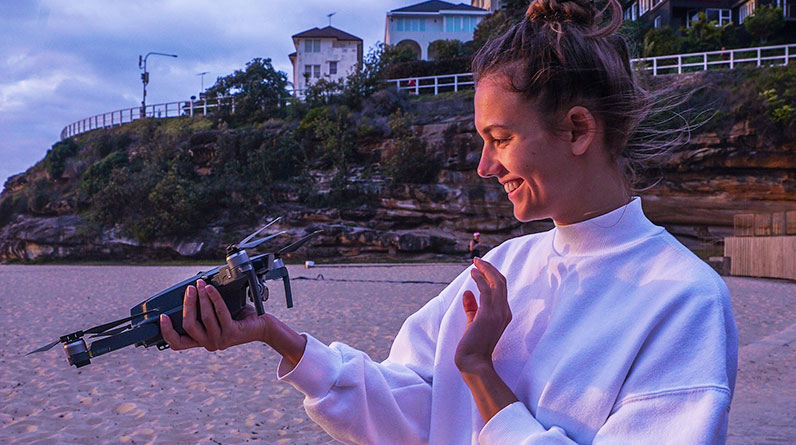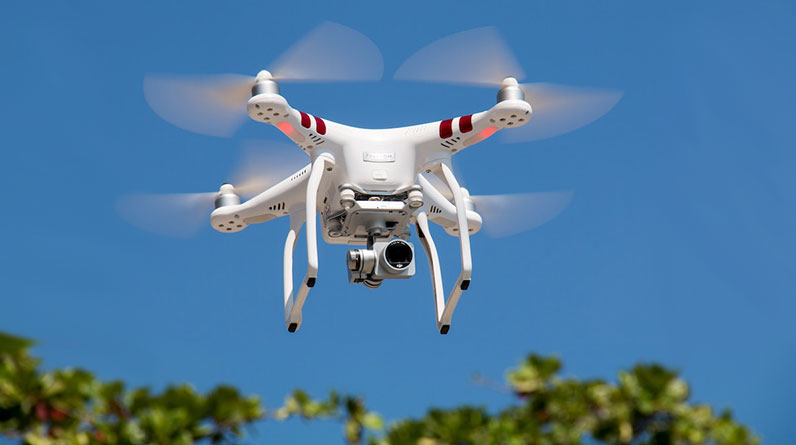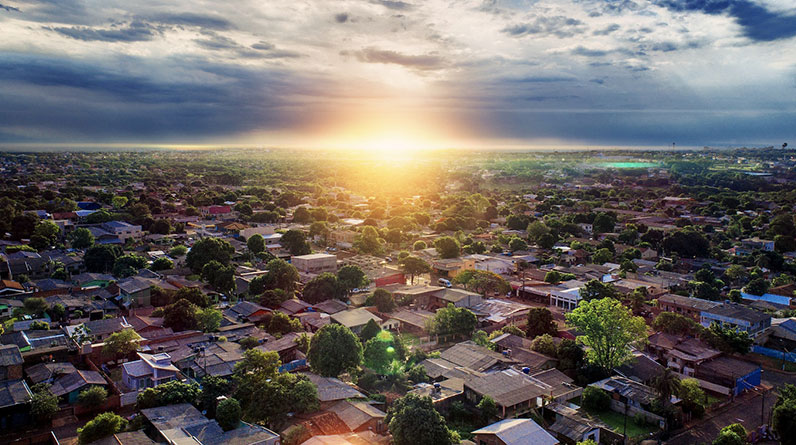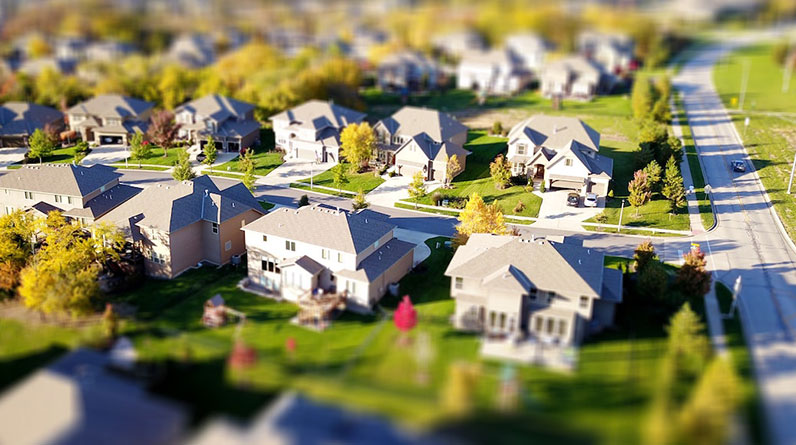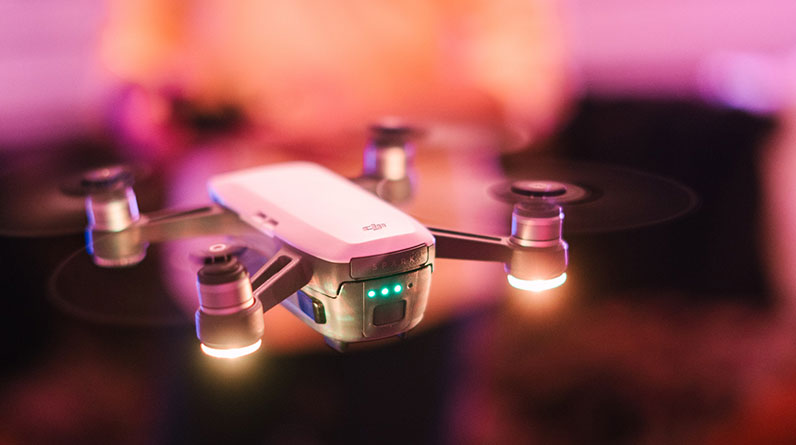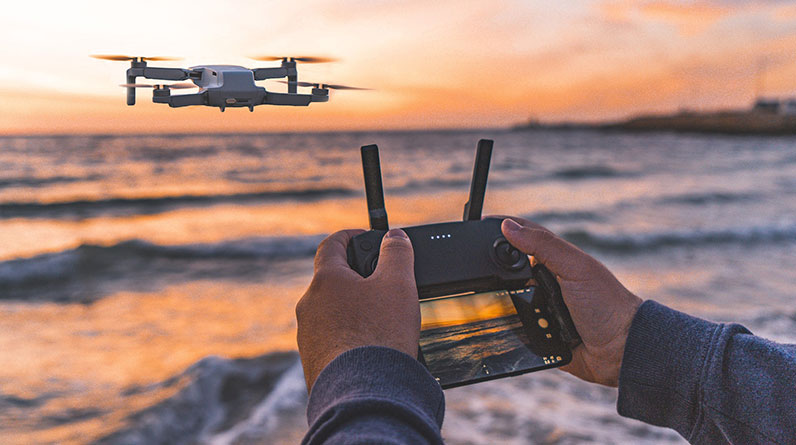
How to Compose Beautiful Drone Photos
Drone Photography is an amazing technique that gives you a unique perspective of the world around you. However, just like any other form of photography, drone photos require some basic techniques to get the most out of them.
The first tip is to choose the right time of day for taking your photographs. Early morning and late afternoon light are generally the best times to take aerial shots.
1. Composition
Composition is a key part of any photo or video, but it’s even more important in Drone Photography. As a result, you should take the time to learn all of the basic composition techniques that can make your photos stand out and look professional.
There are many different techniques that you can use to compose your drone images, including horizontal and vertical panoramas, rule of thirds, and more. You can also explore your creativity by shooting multiple shots in order to get a more compelling aerial image.
When composing your drone images, be sure to consider the overall shape and scale of your subject. This can be done by positioning your subject in a way that creates visual balance and harmony.
You can also use a 3×3 grid overlay that can be accessed in some drone models to help you create more appealing compositions. When utilizing this technique, make sure to adjust your camera lens to ensure that you aren’t creating an hourglass image in post.
Another technique that you can employ to make your drone photos more interesting is to shoot them in raw format. This allows for more flexibility in editing programs, and it will also help you recover shadows and highlights more easily.
A final tip for composition in drone images is to pay close attention to the sun’s declination angle and time of day. The sun’s declination angle affects the amount of light hitting the earth, and it can make a significant difference in the way that your photos will appear.
2. Lighting
Whether it’s indoor drone photography or outdoor, lighting is one of the most important factors in making beautiful photos. Using natural sunlight is the best way to get great results, but you can also use other lights to enhance the image. For instance, a photographer named Patryk Sadowski has created some gorgeous drone photography images that feature a light in the background of a landscape to highlight the subject and add dimension.
As a result, it’s essential that you choose the best camera settings for your specific needs and ensure that the lens is free from flaring. This can be difficult to do, especially if you’re shooting in bright daylight conditions, so it’s always a good idea to invest in a lens hood.
Another helpful technique for capturing high-quality drone photography is to take several shots while panning the camera to capture more of a scene, then stitch them together using editing software like Adobe Lightroom to create a panoramic image. This method is particularly useful if you’re planning to shoot an entire scene or want to retain essential image details, such as buildings and trees, from a wide-angle shot that would be impossible to capture with a single wide-angle shot.
It’s no secret that drones are amazing tools for creating beautiful aerial photos. However, it’s important to remember that these machines require a lot of practice and aren’t as easy to control as regular cameras. It’s also important to note that you should use a tripod when taking pictures, as it will help you to ensure that your camera remains stable and avoid any potential shaky or blurry shots.
3. Angles
Angles are used to provide a visual balance to your shot. They can be used to showcase landscapes, or they can highlight a subject or an interesting point of interest.
The angles technique can be used in a variety of ways, but it usually involves panning and tilting the camera towards your subject or point of interest. These techniques can also be used to show how negative space shapes the edges of your frame and interacts with a subject.
For example, you can pan or tilt your camera downwards into a group of trees and show the way the leaves shape the surrounding negative space. You can also use these techniques to show the difference between a building’s exterior and interior.
Another angle technique is subject tracking, which allows you to lock onto a specific subject and move or swoop around it to take multiple shots from different angles. This feature can be very useful in sports and wildlife photography, as well as for shooting drone videos.
Before a drone shoot, scout out the area and try several different camera angles to see which ones work best for your shot. This will save you time on the day of your shoot.
4. Symmetry
Symmetry is a visual technique that helps create aesthetically pleasing and well balanced photos. It can also be used to highlight a particular feature or theme in your images.
In nature, there are many symmetrical objects. For example, the petals in a flower and the wings of a butterfly are symmetrical. Humans subconsciously enjoy symmetry because it gives an object a balanced and harmonious appearance that is pleasing to the eye.
There are many different types of symmetry, including vertical symmetry, horizontal symmetry and radial symmetry. All of them have their own distinct benefits.
Vertical symmetry is one of the most basic and recognisable forms of symmetry. It is achieved by simply keeping the left and right halves of your composition symmetrical.
Horizontal symmetry can be achieved by using the same rule but this time placing the line or visual separation on the bottom half of your photo instead of the top. This is especially useful for landscape photographers who may want to create a symmetrical scene from the top of a hill or a mountain.
Radial symmetry is also a common symmetry type and deals with circles, ripples and other circular shapes around a central point. It is often found in architecture photography and can be used to create interesting patterns within your images.
Reflective symmetry is another interesting form of symmetry that is easy to achieve and is commonly seen in images of water, glass or mirrors. These reflections can instantly add an interesting perspective to your images.
5. Geometric Forms
Geometric forms are shapes that can be found in nature and architecture. These forms include spheres, bubbles, and the crystalline pattern of snowflakes, among others.
The basic geometric shapes are squares, circles, and triangles. However, there are some exceptions. For example, the faces of a polyhedron are flat and straight, while a non-polyhedron has curved or asymmetrical surfaces.
Often used in graphic design, geometry is a visual tool that helps you understand how various shapes and figures fit together to create visually appealing designs. It can also be useful in professions such as mapping, where it’s important to know how to draw lines and shapes that connect points.
In the context of Drone Photography, geometric forms are important for composition because they can help you balance an image and provide visual interest. These forms can be more visible when photographed from an elevated viewpoint, such as from a drone.
Another way to use geometric forms is to create foreground interest. This technique involves locating a prominent object in the foreground of your frame, usually according to the rule-of-thirds, and balancing it with a subject in the distance.
Foreground interest can also be a good way to establish a sense of rhythm in an image. It can speed up the viewer’s process of reading an image, and it can also stimulate reflection and intrigue.
6. Dynamic Tension
Dynamic tension is a compositional technique that can be used to create powerful photos. It involves a variety of framing approaches that stimulate the viewer’s brain to spend more attention on an image.
This type of photography can be used for a variety of purposes, from social media to commercials and documentary filmmaking. As a result, it has gained popularity over the years.
A good drone will have a gimbal that helps stabilize the camera during flight. However, there are some issues that can make the camera shake during flight, even when the drone is on a steady base. This is due to external factors like wind and the rotors on the drone.
In order to combat these problems, many drones come with optical or digital image stabilization (DIS) technology. These technologies use software algorithms to correct for camera shake.
While these techniques can improve the quality of your images, they are not always effective. As a result, it is important to understand how they work and when to use them. The key is to choose a balance between these techniques and avoid overusing them.
